April 2024
A pro guide to taking your best holiday pictures yet
Want to take pro-looking photos, but don’t fancy lugging around hefty kit? Club correspondent Emma Blackmore sits down with renowned photographer Chris Floyd to help you elevate your travel photography using just your smartphone
British photographer Chris Floyd has come a long way since, aged 19, he bought his first film camera in 1988 in Guildford’s bustling high street. Over the years, he’s photographed for Vogue, Vanity Fair, The New Yorker and The Sunday Times Magazine – not to mention our very own High Life – and has snapped the Prince and Princess of Wales, Sir Paul McCartney, David Bowie, among others.
“My photography style is organised spontaneity,” he says. “I’m looking for a heightened version of reality.” Over the years, Chris has swapped film cameras for DSLRs (digital single-lens reflex cameras) and, now more than ever, he’s been using his smartphone for shoots. “Phones are unbelievably high tech today,” he says, praising his current favourite: the Google Pixel 8 Pro (more on that later). So how can we use this ever-advancing technology to step up our travel photography?
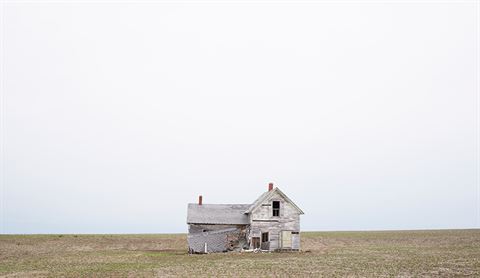
The tiny town of Lebanon, Kansas, is the exact geographical centre of the continental United States – taken by Chris Floyd
Give your landscapes a sense of scale
Elevate your sightseeing by using your phone’s ultra-wide angle and changing up the direction you’re shooting from. For example, position the horizon of your shot at the top or bottom of the frame – a favourite top tip from director Steven Spielberg – to make your shots more dramatic and interesting.
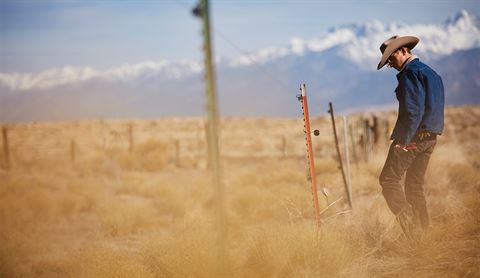
Max van Horn, head of maintenance at Zapata Ranch, Colorado – taken by Chris Floyd
Switch the rule of thirds grid on
Before you break the rules of photography, it’s best to at least know them. The rule of thirds segments an image into thirds, so you have nine squares, allowing your subject to be placed in the left or right third of an image. This offers a harmonised balance with the negative space and your subject. “When you’re photographing people while travelling, you have to think of the relationship between them and the landscape,” Chris says. “Think about where the light is coming from and move your subject around to change their relationship with the light.”
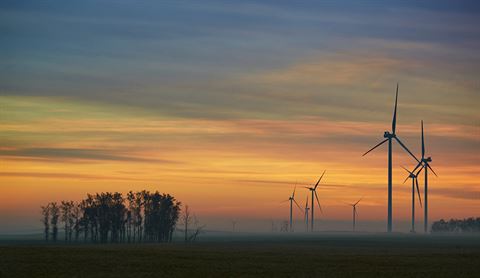
Golden hour shot taken at dawn at a wind farm project in North Dakota – taken by Chris Floyd
Embrace golden hour
At golden hour, just after sunrise or before sunset, the sunlight is softer and allows a warm, flattering glow over your subject. “When you see really great, well-lit travel photography in a magazine like High Life, you can probably bet the photographer was up just before the magic moment of sunrise,” Chris says. “Avoid the harsh midday sun – that’s when you should be having your siesta!” It’s also the best way to avoid crowds.
Use your phone’s portrait mode
Using your phone’s dedicated portrait mode allows for better autofocus while snapping your friends and family. In this mode, your phone simulates what a mega lens can do with wide aperture – sharpening the foreground and producing a nice blurry background and bokeh, which comes from the Japanese word for ‘haze’ or ‘blur’.
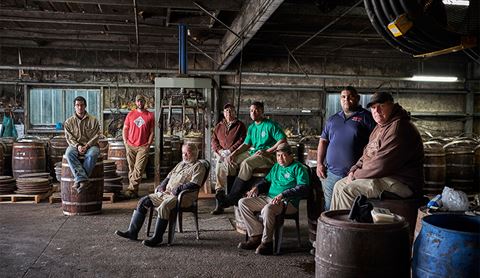
The McIlhenny family own and run the Tabasco factory in Avery Island, Louisiana – taken by Chris Floyd
Stand back for flattering compression
Ever thought your nose appeared a little bigger in your last photo? The trick is to step back, while putting your phone on 2x zoom. There’s a reason why, in traditional photography, an 85mm focal length lens is a portrait photographer’s best friend. “When you have a wide-angle lens, it gathers more detail, and the distance from the lens to each part of the human face is more extreme,” Chris explains. “So, if there’s a 6cm distance from lens to my nose, my eye is 50% further away, so you’re distorting the relationship between the parts of the face: the eyes look smaller, and the nose looks bigger. When you have a longer lens – in a phone’s case, a 2x zoom – and you step away from your subject, the relationship between the lens and the face is better compressed and more flattering.” Who knew?
The top three best smartphones on the market right now
You’ve got the tips, now it’s time for the kit.
Google Pixel 8 Pro
This is what we call a triple threat. With a 50MP main camera, 48MP ultrawide camera for improved macro focus and a 48MP telephoto camera, Google’s Pixel 8 Pro packs a massive punch, with AI-led features that make editing a breeze. Traffic cone ruining your cityscape? Simply use the ‘Magic Eraser’ function. Someone has their eyes closed in the group selfie? You can sort that out with ‘Best Take’. Shooting at night? Use ‘Night Sight’ mode or even ‘Astrophotography’. Plus, for stills and video, ‘Real Tone’ delivers complete skin tone accuracy. See Google’s blog for more. Shop at Carphone Warehouse via the British Airways shopping portal and collect up to 2,000 Avios on pay monthly contracts.
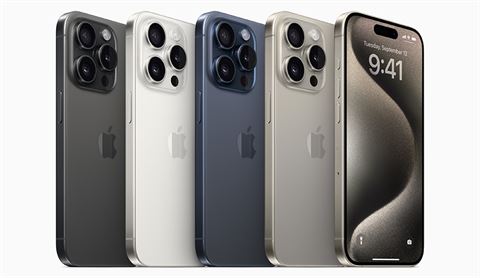
Apple iPhone 15 Pro Max
The advanced camera systems on iPhone 15 Pro and iPhone 15 Pro Max both pack the equivalent of seven pro lenses, giving you even greater flexibility with sharper details, better low-light performance and more vivid colours. Choose from three focal lengths – 24mm, 28mm and 35mm, plus an expansive 3x telephoto camera – and discover the longest optical zoom on an iPhone at 5 x 120mm on the Pro. Plus, new Smart HDR captures subjects with true-to-life renderings of skin tones. Shop at Apple via the British Airways shopping portal and collect 3 Avios for every £1 spent.
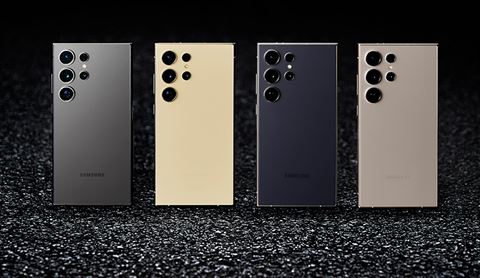
Samsung Galaxy S24 Ultra
With the most megapixels on a Galaxy smartphone ever (200MP), you’ll be shooting sharper and more detailed photographs with far less noise. Plus, you can go from 2x to 10x sharp close-up zoom and, for the first time on a Galaxy smartphone, film astonishing 8K video with optical 5x zoom. ProVisual engine shoots every night in clear detail and new AI-powered editing lets you retouch your photos in one handy click. Shop at Currys via the British Airways shopping portal and collect up to 2 Avios for every £1 spent.
This article has been tagged Technology, Travel Tips
More from previous issues
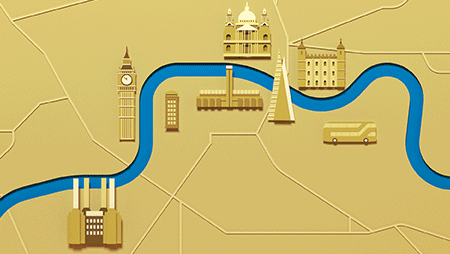
An aviation lover’s guide to London
We’re searching for treasure in this spotlight on the capital’s lesser-known AV treasures, including a map of where to find them
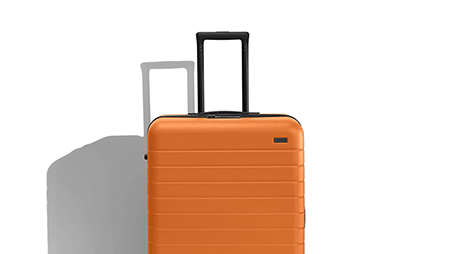
Club’s choice: eco-conscious travel bags
Our favourite sustainable baggage brands that are showing love for you and the planet
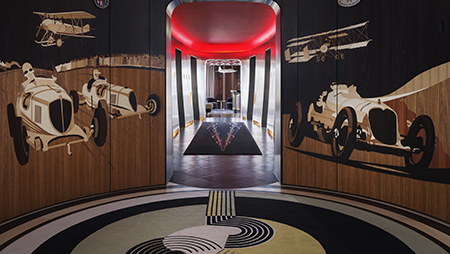
Want to dine with Concorde? Now you can
A Michelin-starred French chef and an av-geek hotelier are behind Brooklands by Claude Bosi, which celebrates the golden age of travel
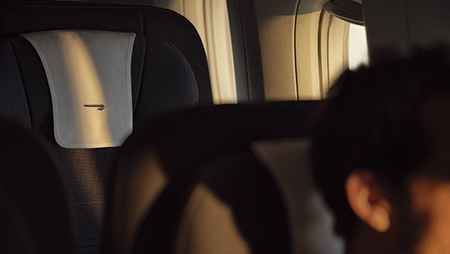
Eight reasons to upgrade to World Traveller Plus
World Traveller Plus is the most attainable upgrade for those not in need of business or First. Make your next journey that bit more exclusive…
